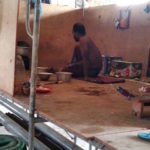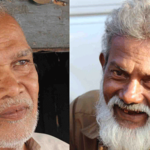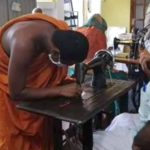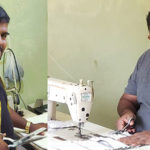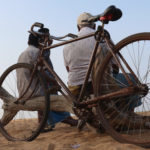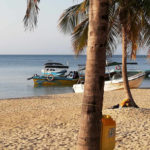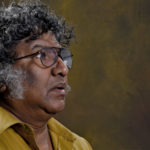Negative Impact:
Hydro-Project To Improve Sri Lankan Lives, Ruining Them Instead
It was supposed to improve the quality of life for all those around it. But instead the Uma Oya Development Project has ruined the lives of the Sri Lankans who live around it.
The project’s aim was to develop hydropower, as well as irrigate the less developed south-eastern part of the island nation, by diverting water from local rivers. Two large dams are a major part of the project. However, the cost of the project appears to have been more than some locals bargained for.
“When thousands of fish were struggling for life, we collected them in our sarongs ad released them into other water,” says one resident; he’s talking about how when a local stream dried up, locals tried to catch as many live fish as possible and bring them to another unaffected waterway before they died. “Now we are in more trouble than those fish,” he complains. “But there is nobody to look after us.”
The drawbacks of the project have been well documented in local media. In early 2015, the Sunday Leader reported that, due to changes in the soil and land, hundreds of buildings have had cracks appear in them. In one village over 300 houses had small, growing cracks in the walls. Only three houses were unaffected.
A lot of officials came to my house. They all said I had to leave. But nobody can tell me where to go.
Environmental analysts say the water table and limestone soil structure has been damaged and may not be able to be resurrected.
Because of the lack of water farmers have not been able to plant or harvest crops properly since late 2014. Hundreds of wells used for drinking water have dried up and affected villagers say that it happened from one day to the next. One morning we lowered the bucket into the well, the next day, all we heard was a dull thud when it hit the bottom, they report.
Today the villagers have to wait for a water tanker to deliver to them and even that supply is rationed, with each household receiving a maximum of 500 litres, no matter how many members of a family are living there.

“Now we have to wash our faces with tears,” says one Kinigama local, who wished to be known only as Kusumawathie, who is waiting in the village centre for the arrival of the water tanker.
Another local woman Karuna Abeysekara waits in the garden of a friend until the water tanker arrives. She says she used to have her own well and that supplied water to seven or eight families around her. Now she must wait here for water too, because there is no road leading to her house that the tanker can access.
“I fill up on water by keeping a bucket near the road,” the woman explains. “I have to beg for water from nearby homes when I run out but even they can’t help me because they often run out too.”
Many locals took their grievances to court and judges ordered that they be given compensation for their damaged homes and livelihoods.
“A lot of officials came to my house,” says one local man from the village of Madaperuwa. In his house every single wall has cracks and the ceiling is supported by jacks. “They all said I had to leave. But nobody can tell me where to go. Most of the people around here have the same problem. And it is terrible for us that we have to leave the place we have been since we were born.”
“All four of my rice paddy fields have been destroyed,” says R. M. Sumanasekara, who heads the Mahayaya farmer’s union. “It’s the same with all the others. Yet the government distributes forms so we can apply for fertilizer subsidies. What a joke! How can the plants grow without water?” he laments, adding that many of the farmers he knows have been reduced to paupers because of the Uma Oya Project.
Perhaps one of the saddest stories in the areas affected by the project is that told by truck driver P. A. Premathilak of Madaperuwa village. When he went out in his truck he used to carry large plastic containers of water for his friends who didn’t have enough. These days he still loads the tanks into his vehicle. But now it is done so that, when he is out, he can fill them up with water wherever he can.

